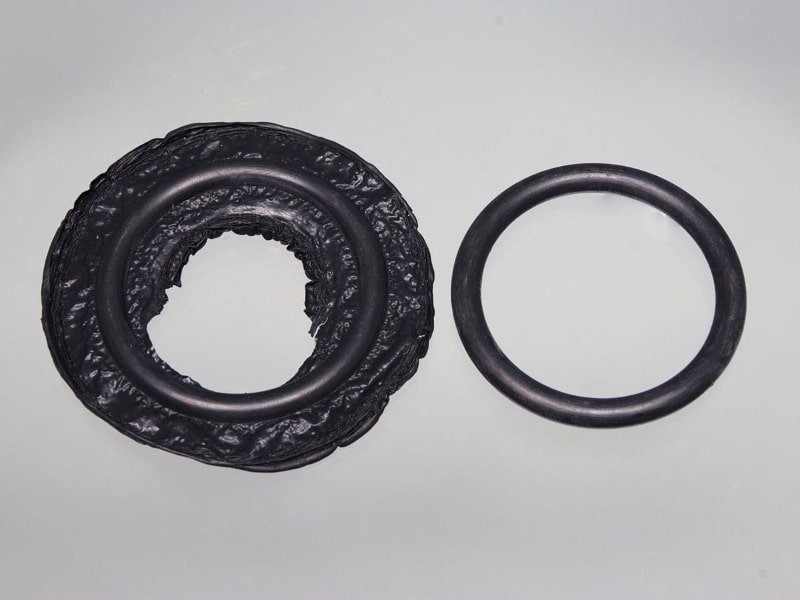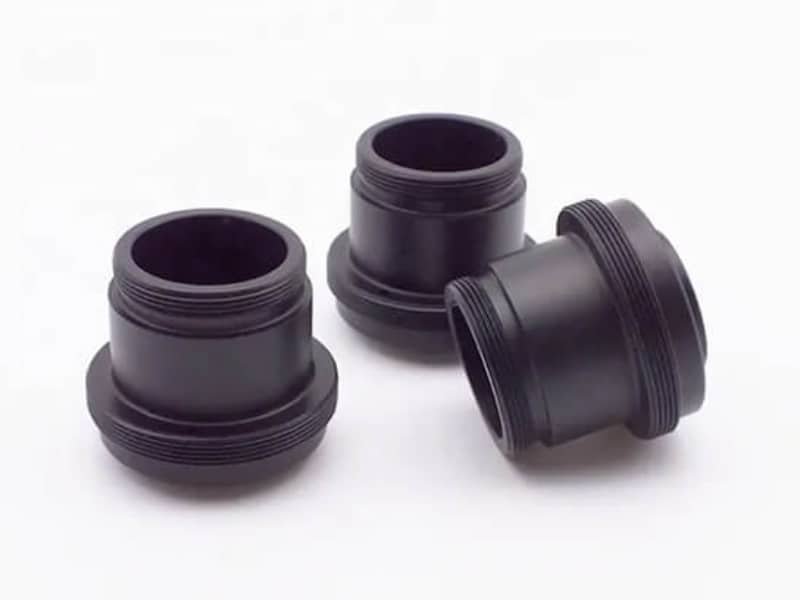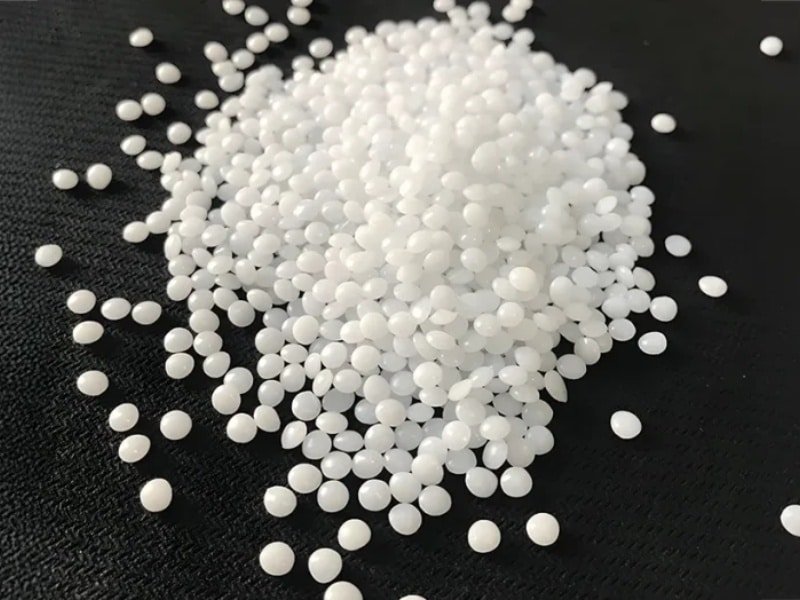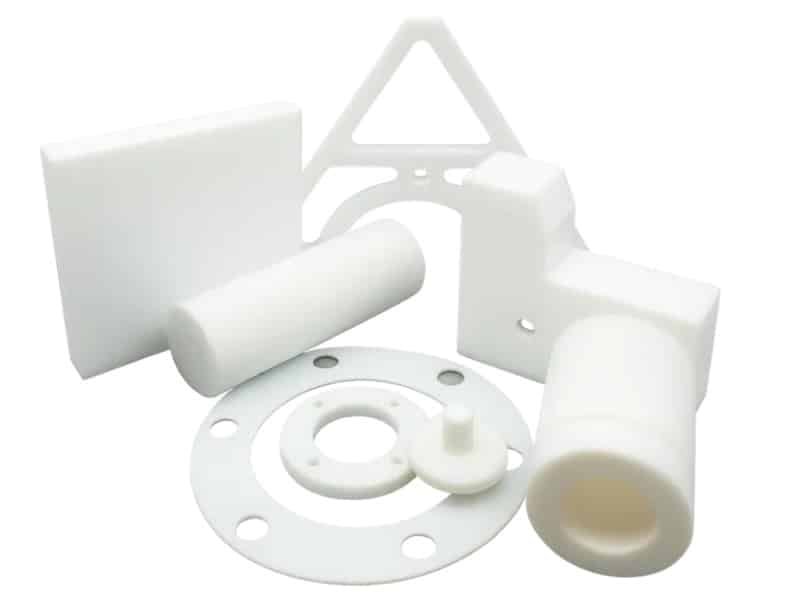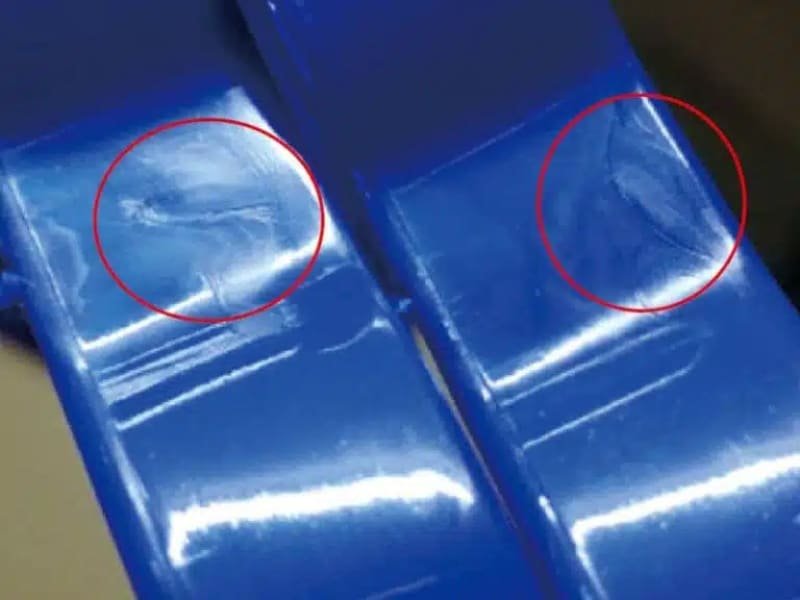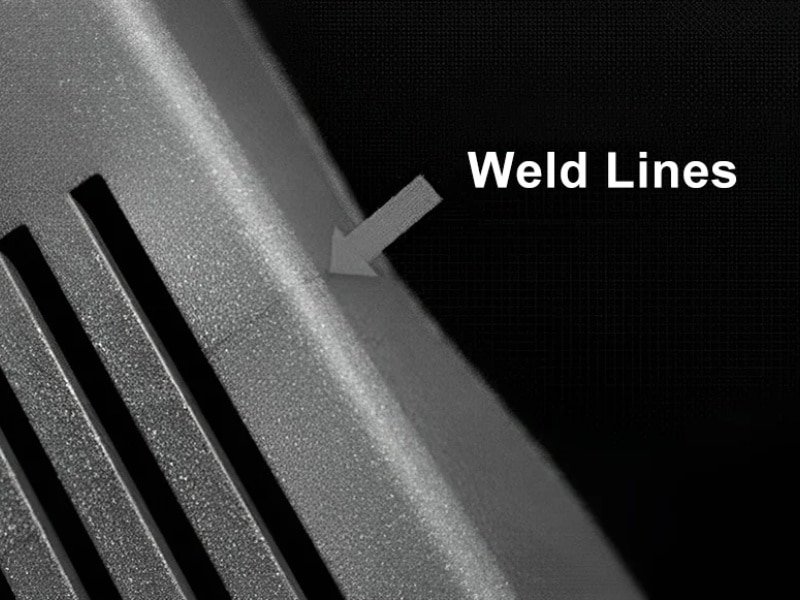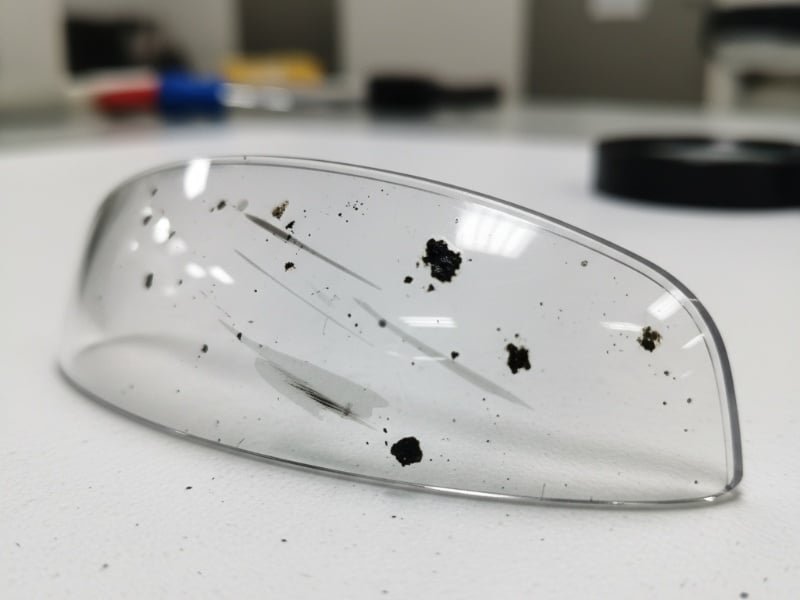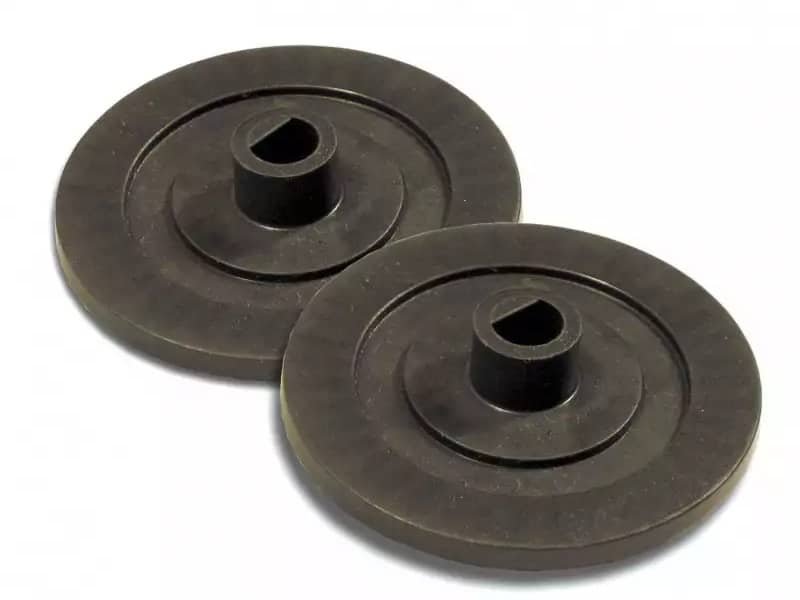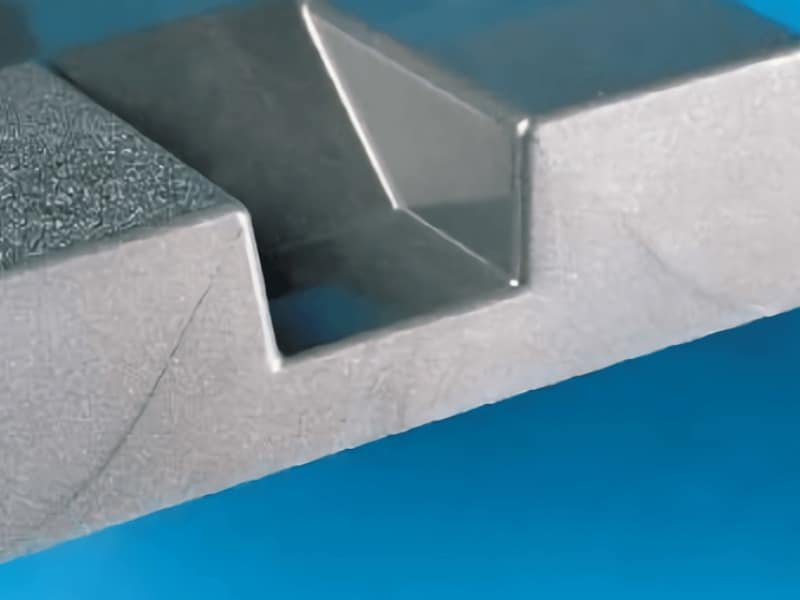All Types and Advantage of Silicone Injection Molding
Silicone is a synthetic polymer made from siloxane chains. It is a versatile elastomer known for its elasticity, temperature resistance, and compatibility with sensitive applications. Unlike traditional rubber, vmq silicone rubber boasts excellent thermal stability, UV resistance, and inertness. Common materials include liquid silicone rubber (LSR), high consistency rubber (HCR), medical-grade silicone, and fluorosilicone. What […]
All Types and Advantage of Silicone Injection Molding Read More »
